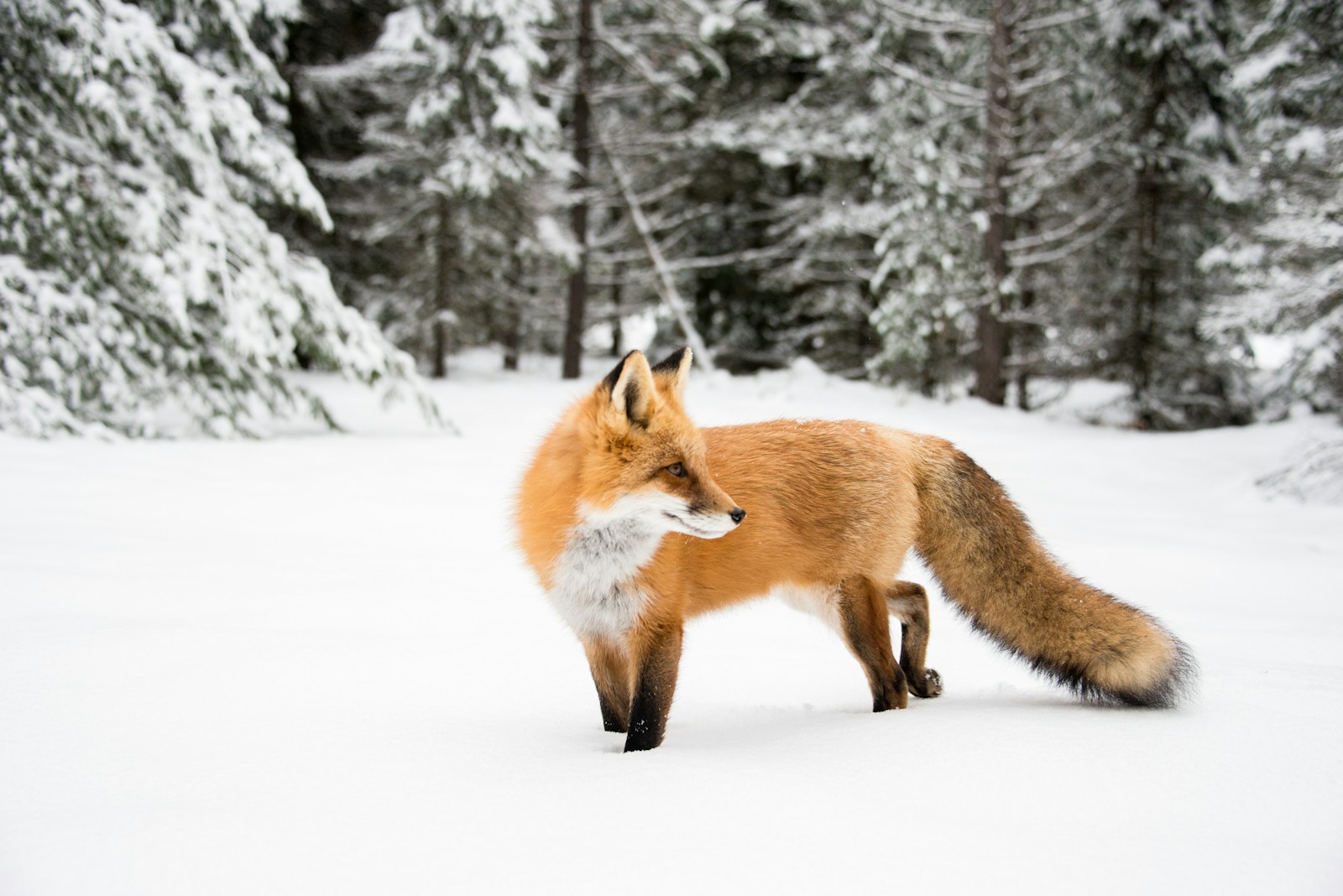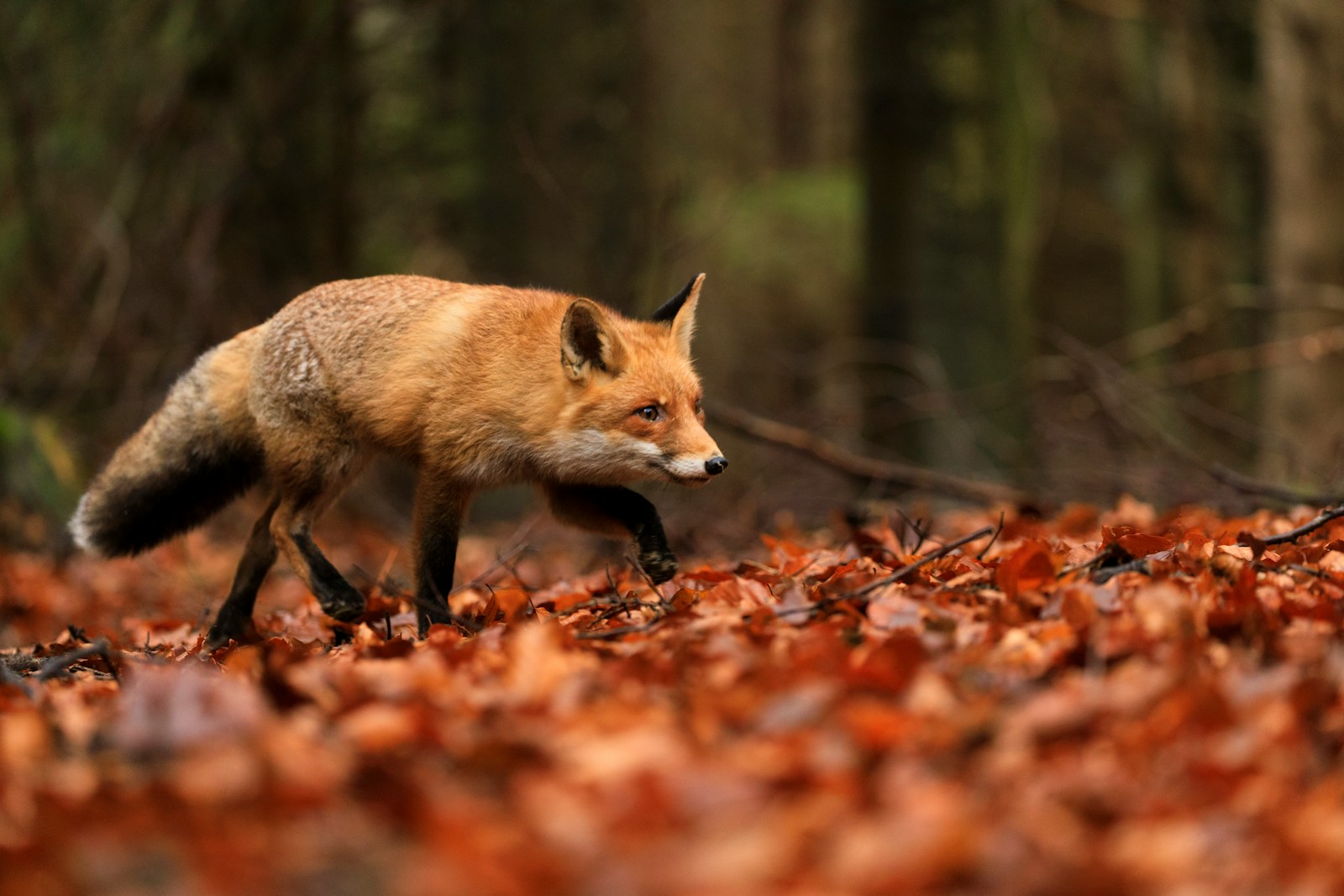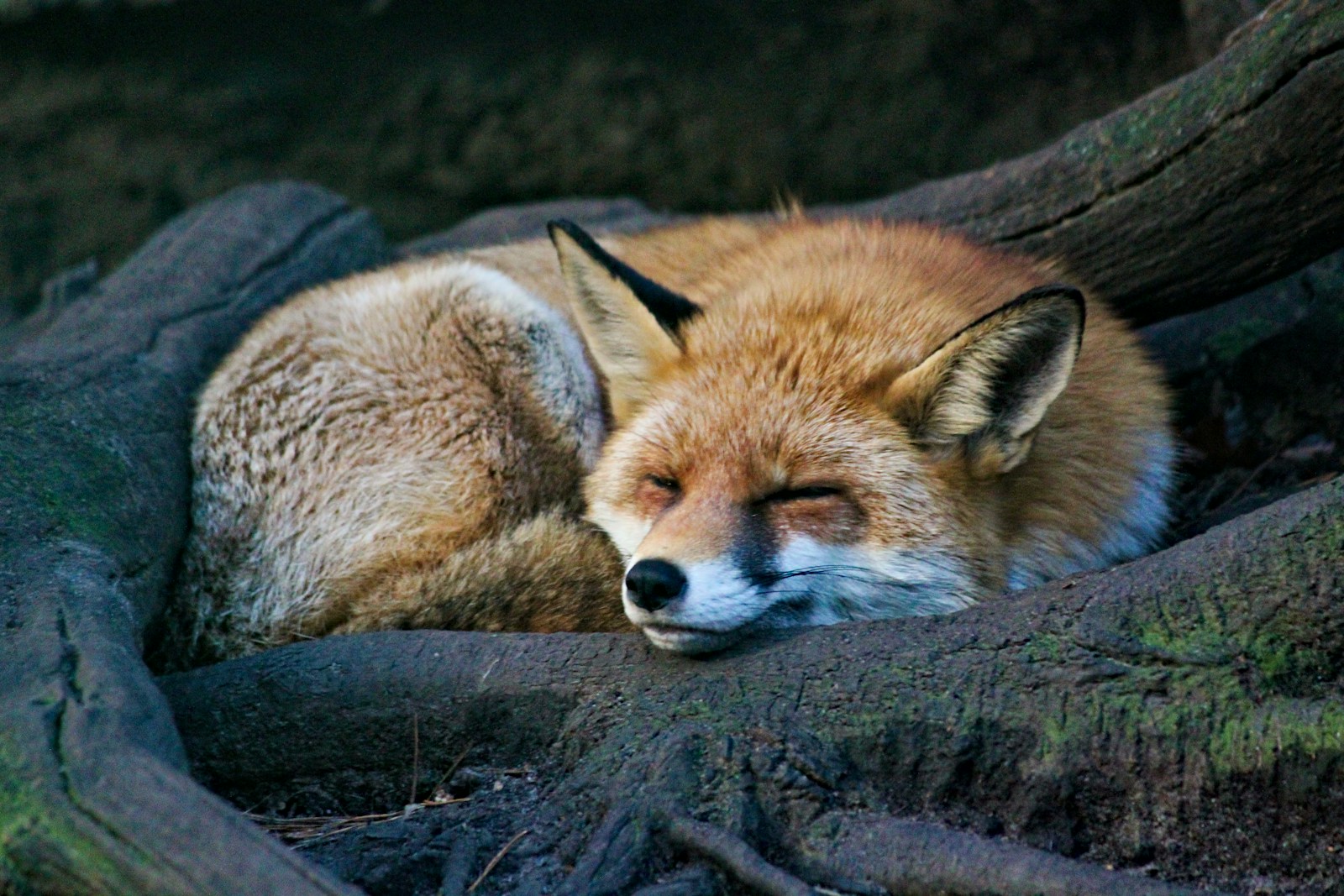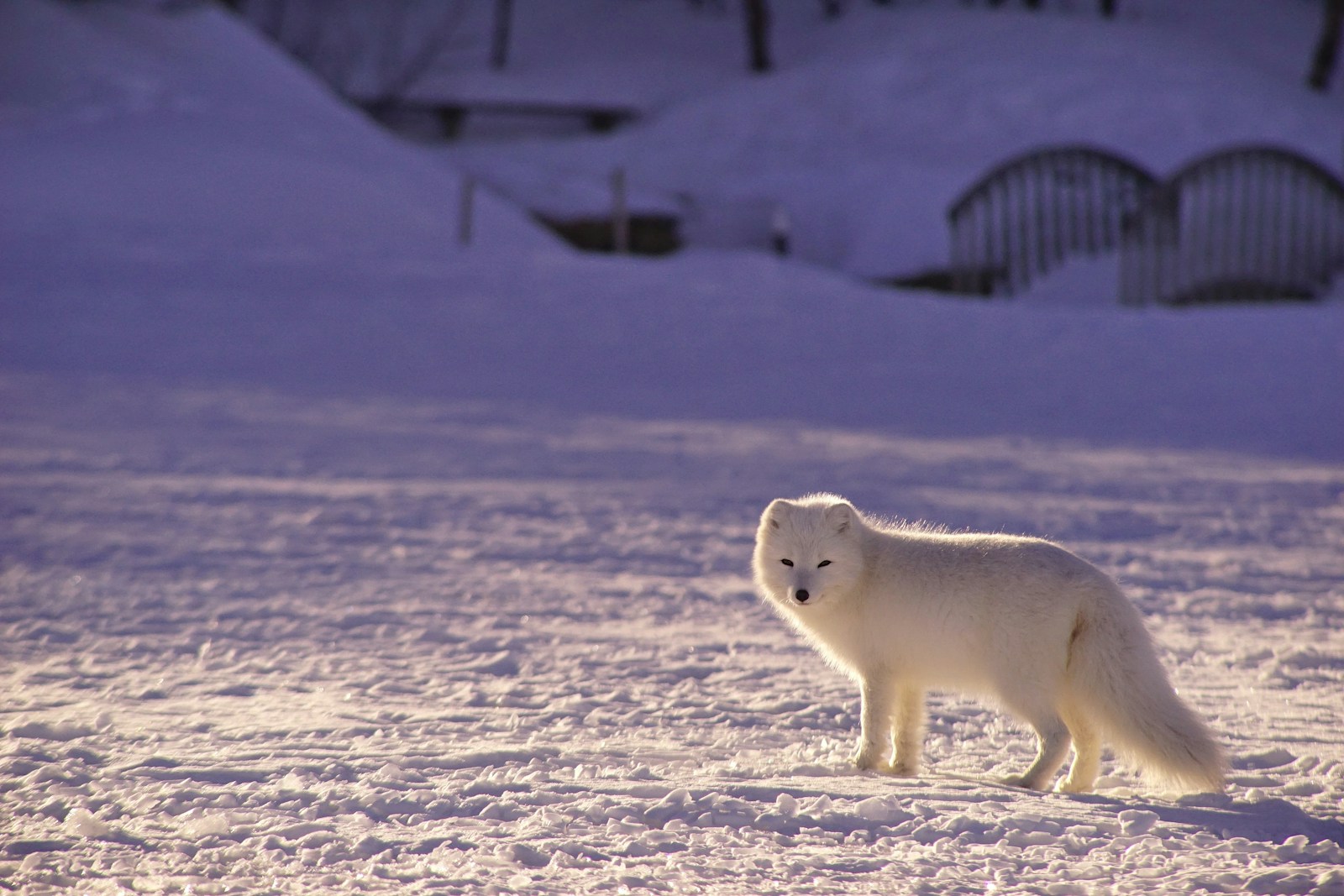Is a Fox a Cat or a Dog? Vet-Verified Facts & Info

Springy, quick, fearsome predator—the fox. This interesting little predator sure has people confused. After all, you could look at it and see features of both dogs and cats, So what gives? Are foxes cats or dogs?
Do you have the debate set? Are your bets drawn? If so, we finally have the answer for you. Foxes are actually a member of the Canidae family, just like dogs are, so they have more in common genetically with dogs than cats. But foxes are their own species and are not the same species as dogs; they are just related to dogs.


Cat vs. Dog-Like Features
Let’s take a closer look at the sly fox—cat-like eyes, limber body, and dog-like snout. What kind of a creature is this? Let’s break down how foxes are similar to both dogs and cats, and what can lead to confusion.


Physical Features
If you look at the physical features of a fox, it does appear to carry both cat and dog-like qualities. The sly and graceful way it moves and the limberness it possesses could remind you of our feline friends. After all, cats almost always land on their feet, and balance seems to be a personal mastery for most cats.
Plus, unlike any other canine, some foxes like the gray fox have retractable claws. Their flexibility and agile nature can allow them to arch their back like a cat, too. Plus, they share similar whisker structures and use them for navigation.
However, if you look at the shape of the teeth, the elongated wolf-like snout, the stiffness and structure of a canine’s legs, you can certainly tell how a fox resembles a dog, too.
Hunting Style
What do we know about foxes? They are extremely efficient hunters. Unlike dogs, foxes also share the killing style with cats. Dogs tend to grab and shake, while cats go in for a kill strike. Foxes strike abruptly, going straight for the kill.
Excelling alone, the fox ever-so-sneakily slips into the most unlikely places to nab a chicken or spook a rabbit at rest. The solo nature of the hunt may remind you of a cat, as they also prefer solo kills.
Dogs, on the other hand, are pack animals. They are stronger in numbers. To a degree, they don’t mind sharing once they are reaping the reward of the hunt. However, they don’t do so hot as a predator when it’s a single dog.


Diet
Unlike cats and wolves, foxes are omnivores. They feast on both animal and plant material. These animals are scavengers and opportunistic eaters, meaning they will try just about anything they can get their little mitts on.
The most common components of a fox’s diet include:
- Rabbits
- Rodents
- Birds
- Chickens
- Pigeons
- Rats
- Muskrats
- Earthworms
- Carrion
- Berries
- Fruit
So, foxes are much more similar to domestic dogs in this aspect.

 How Foxes Stand Alone from Dogs (and Cats)
How Foxes Stand Alone from Dogs (and Cats)
Foxes are quite unique creatures in their own right. These critters are all their own, with their own characteristics that make them different from dogs and cats.
1. Foxes Have a Strong Odor
Foxes, unlike dogs and cats, have a very distinct odor. Think of a ferret and their musk. You could say a fox is almost skunk-like in smell, but not as potent.


2. Foxes Have Eerie Vocalizations
You might think there is a banshee in the woods when you hear a fox around. They make all sorts of crazy sounds! Some people may say that a fox is “barking,” but if you’ve ever heard a fox, you know that it’s different from a dog’s bark.
3. Foxes Reproduce Once a Year
Foxes can reproduce only once per year, usually in the spring. Cats can technically get pregnant up to five times per year, and dogs can have two or more litters per year.
4. Arctic Foxes Can Change Color
Arctic foxes are quite lovely creatures that actually have color-changing capabilities. They remain white all winter but change to browns and grays in the warmer months.


5. Foxes Have Impeccable Hearing
Cats have better hearing than dogs, but a fox’s ears are even more sensitive. These animals use their keen sense of hearing to hunt, and they are capable of detecting prey from long distances.
Can Foxes Be Domesticated?
Foxes are wild animals and don’t make the best pets. They haven’t been domesticated and likely will never be able to be domesticated in the same way that dogs are.
Sure, there are plenty of TikTok videos where people have kept foxes as pets and constantly put out adorable fox content. But foxes are not meant to be in captivity unless they are unable to live in the wild for health or safety reasons.
Just because you shouldn’t own a fox doesn’t mean you always can’t. In many states, you may be able to own a fox if you get a permit or license to do so. Some states require that you be a wildlife professional, while others allow permits for pets.
Other states directly forbid the ownership of foxes.

 Conclusion
Conclusion
So, foxes, while wildly different and certainly mysterious, are directly related to our canine companions. Though they might have cat-like features and personality traits, they are more genetically similar to dogs than cats.
Now you can always remember that all foxes are part of the Canidae family—dogs at heart, if you will. However, these animals are not pets and should be in the wild where they belong.
Featured Image Credit: Sandra Standbridge, Shutterstock



